Now that we’ve recovered (more or less) from the holidays, here’s another Classic Game That Never Was:
Mystic of Eternity (or Eien no Mystic in Japan and Wizard of Eternity in Europe and Australia) was an SNES RPG that caused an uproar in its day for being the first game to use the tarot arcana as the basis of its magic system (an idea the Persona series would expand on four years later) For example, the Sun arcana represented Fire, the Magician bestowed buffs on your allies and debuffs on your foes, the Priestess healed you and your allies and attacked with light based attacks, Justice was lightning elemental, and so on. The crucial difference between the two was the setting–while Persona is set in the modern day, Mystic of Eternity was set in a fantasy world, in which the four characters seek out the World Arcana (manifested in a World Tree) and the titular mystic that serves as its guardian. During the course of their journey, the heroes (a warrior, a ranger, a mage, and a cleric, which the players could name however they wished) uncover a demon’s evil plot to curse the World Tree and throw the world into chaos. The notion that you could name the characters whatever you wanted even carried over into the game’s merchandise–for a while, there was much confusion among the fandom as to what the heroes were named, because they had at least two different names on every piece of merchandise. This was cleared up when a manga of the game was released in Japan at the same time as the game–the four characters were simply named after their class. An anime and an American cartoon series ran concurrently as well, but the Japanese anime was more successful and considered the better of the two series (it ran for 200 episodes, far longer than the American series’ 52) The American cartoon does have its fans, and fans agree that it had the better music, despite a plot that only barely resembled the game and cheesy dialogue in spades. After the cancellation of the American series, the anime began to be dubbed into English, making it seen all around the world.
Because of the controversy of the game using tarot cards as its magic system, for the American and European release, the tarot cards were changed to cards with a fantastic language on them and elemental glyphs. Oddly enough, the Japanese anime uses the language created for the American and European version when the characters summon an arcana.
Despite the controversy, the game sold quite well, but not on the level of Final Fantasy and Dragon Quest. (some speculate that had it not been for the controversy, it may have rivaled those series) Both animated series and the game retain a large following, and mint copy of the game goes for about $40-60. Both animated series were released on VHS, but so far, only the anime has made it to DVD

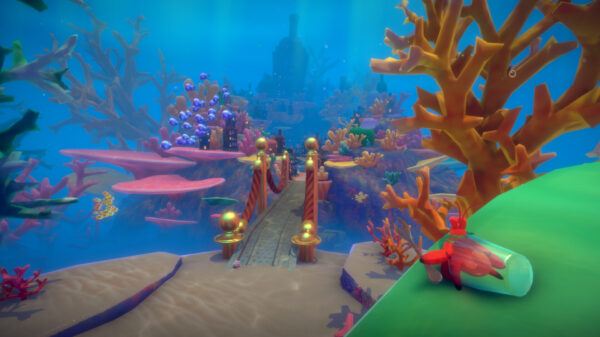
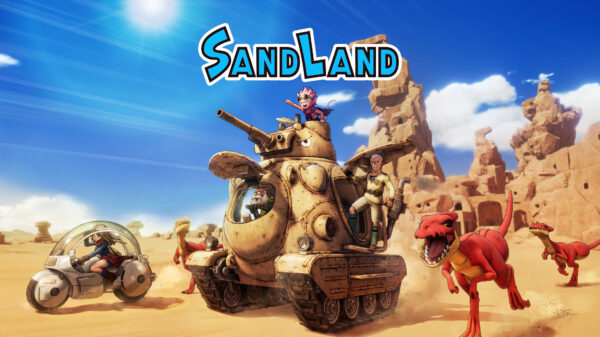
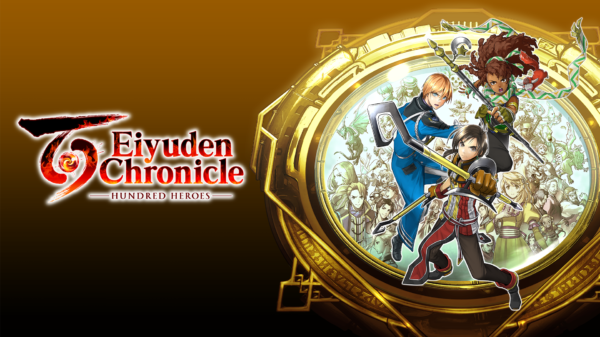
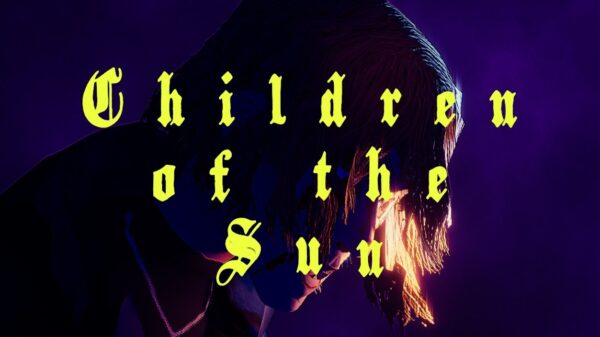
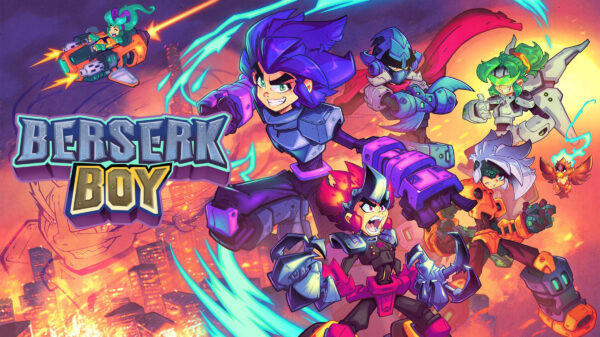
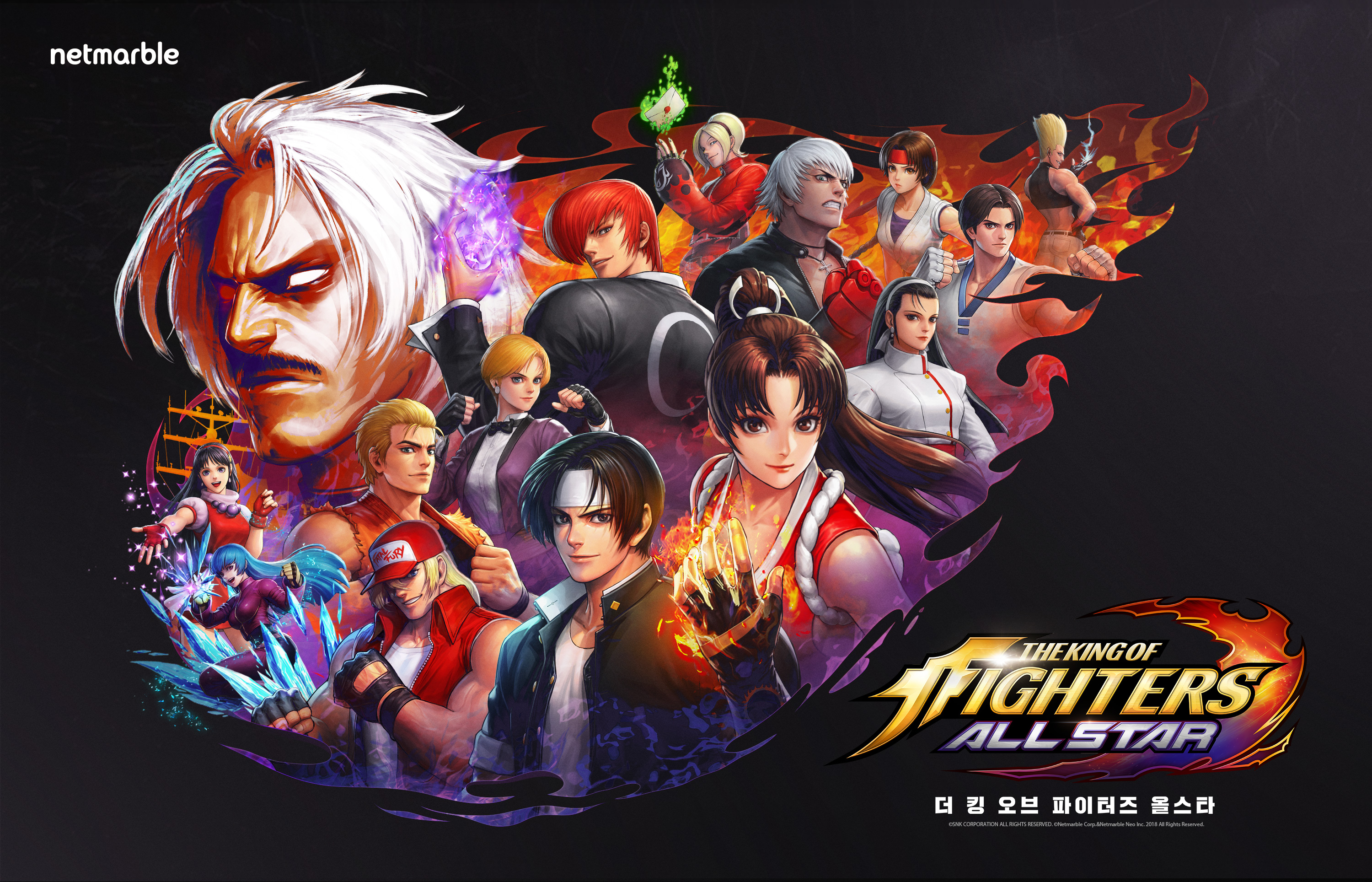
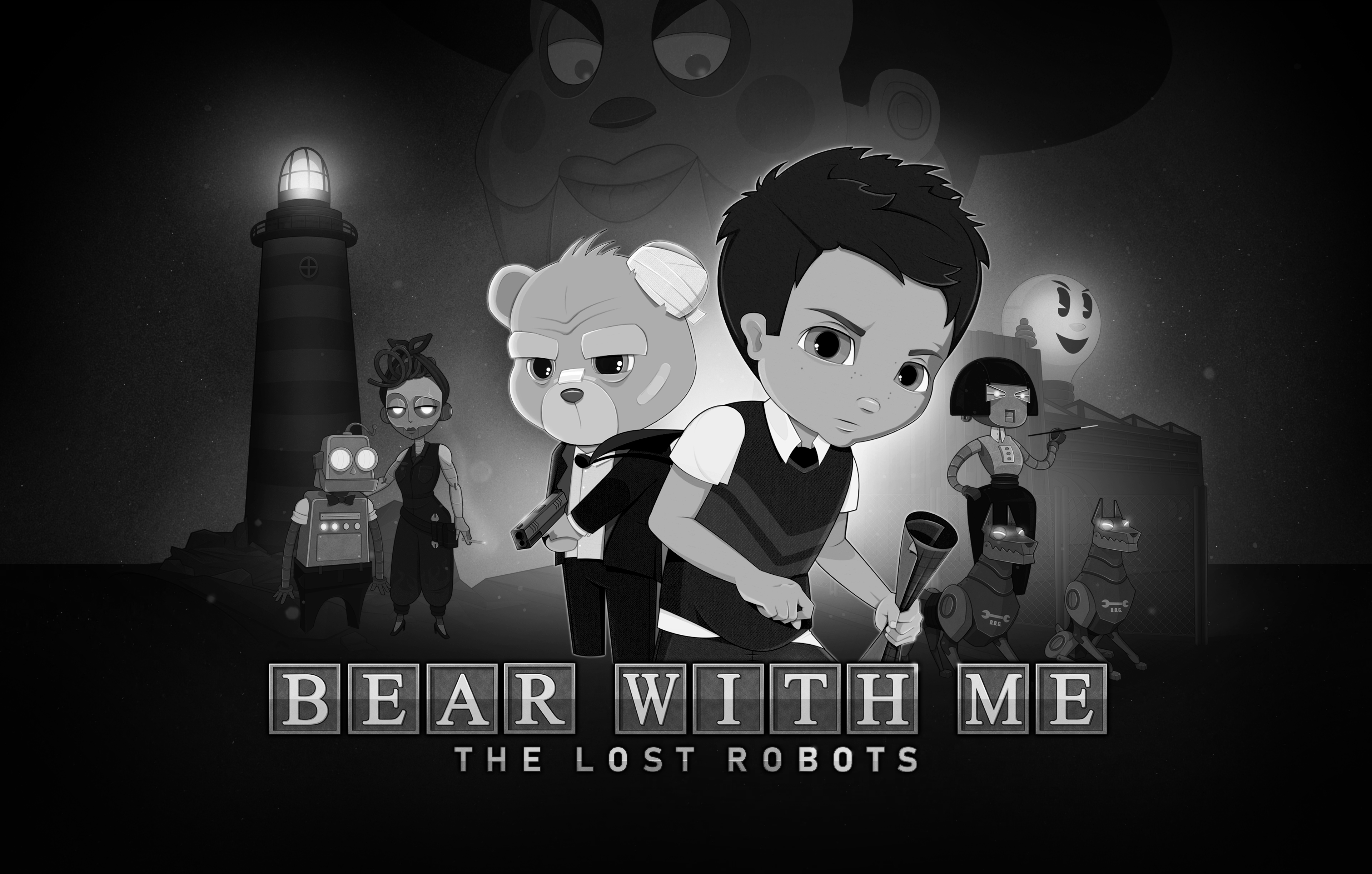
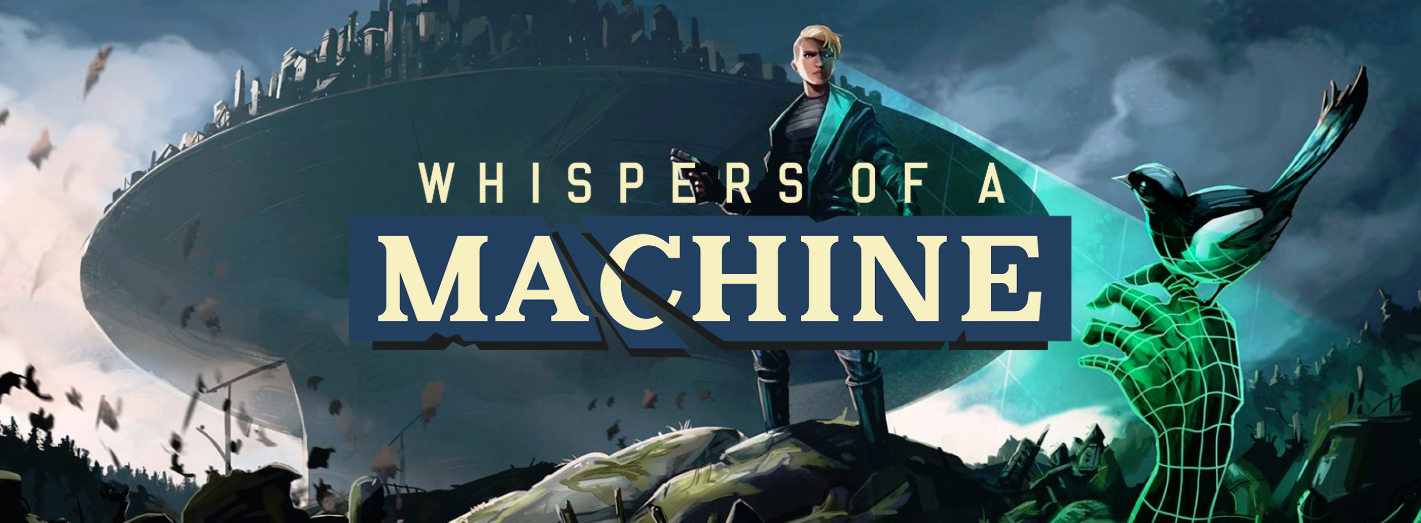
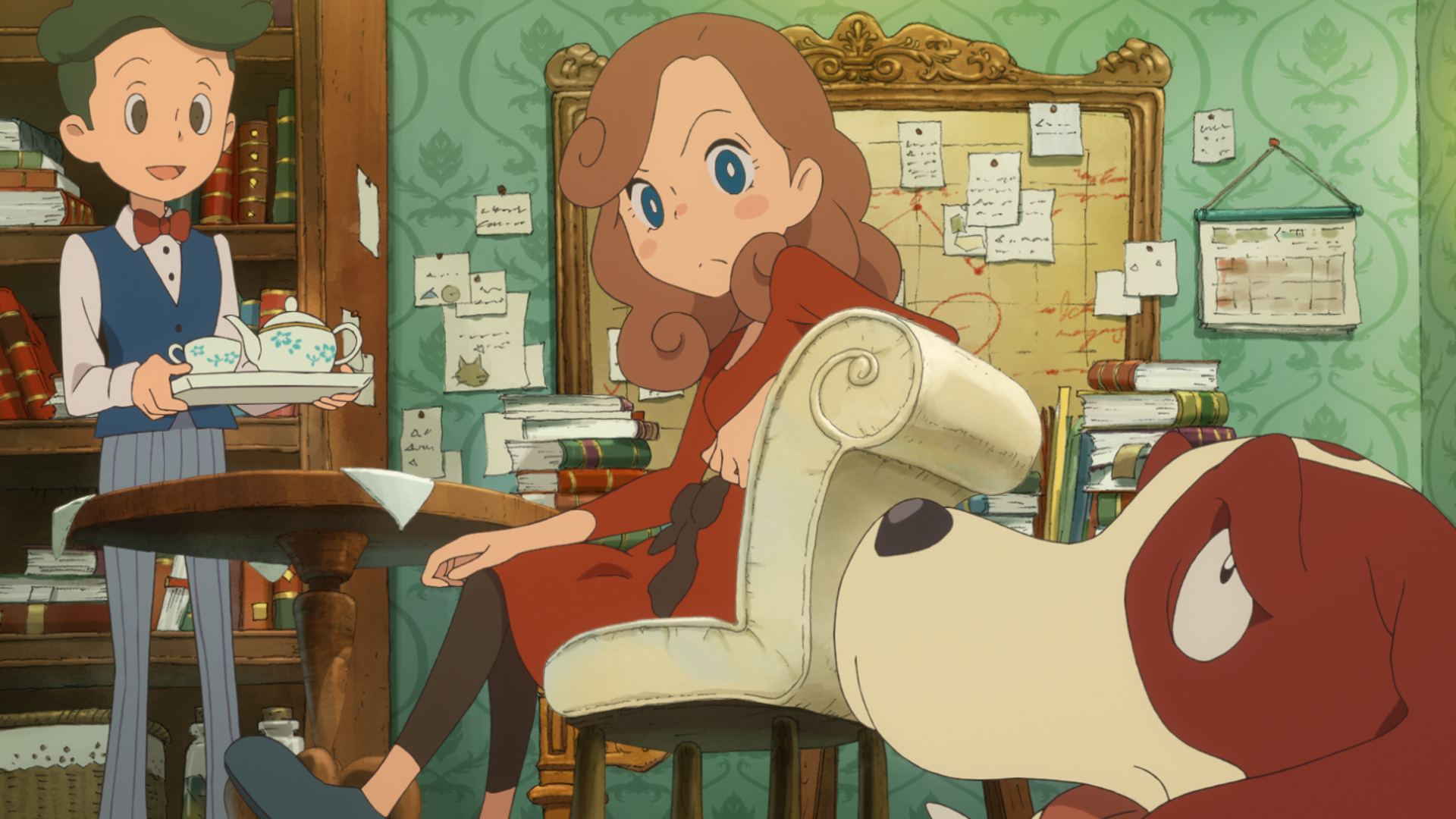
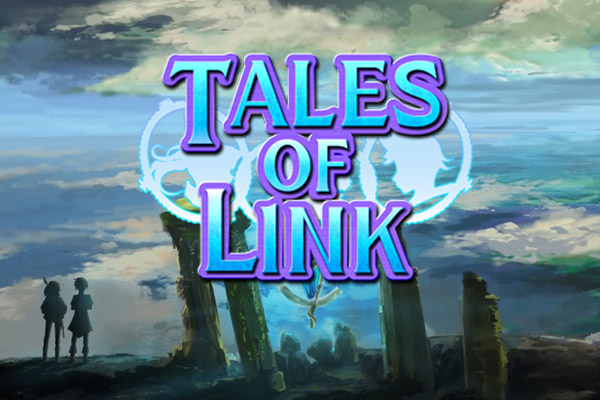

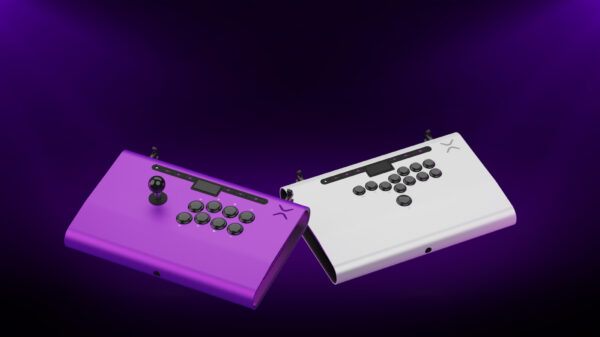




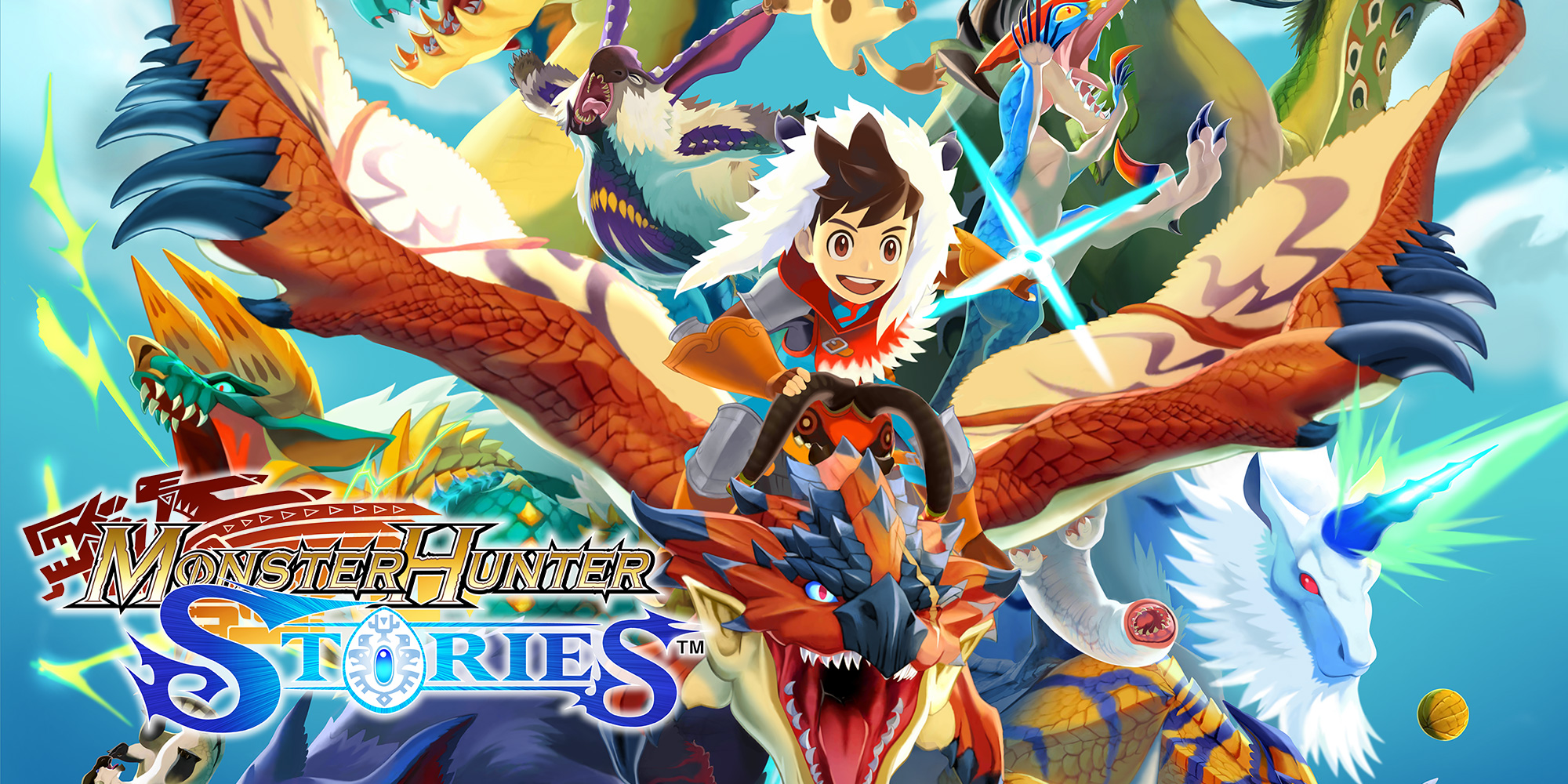
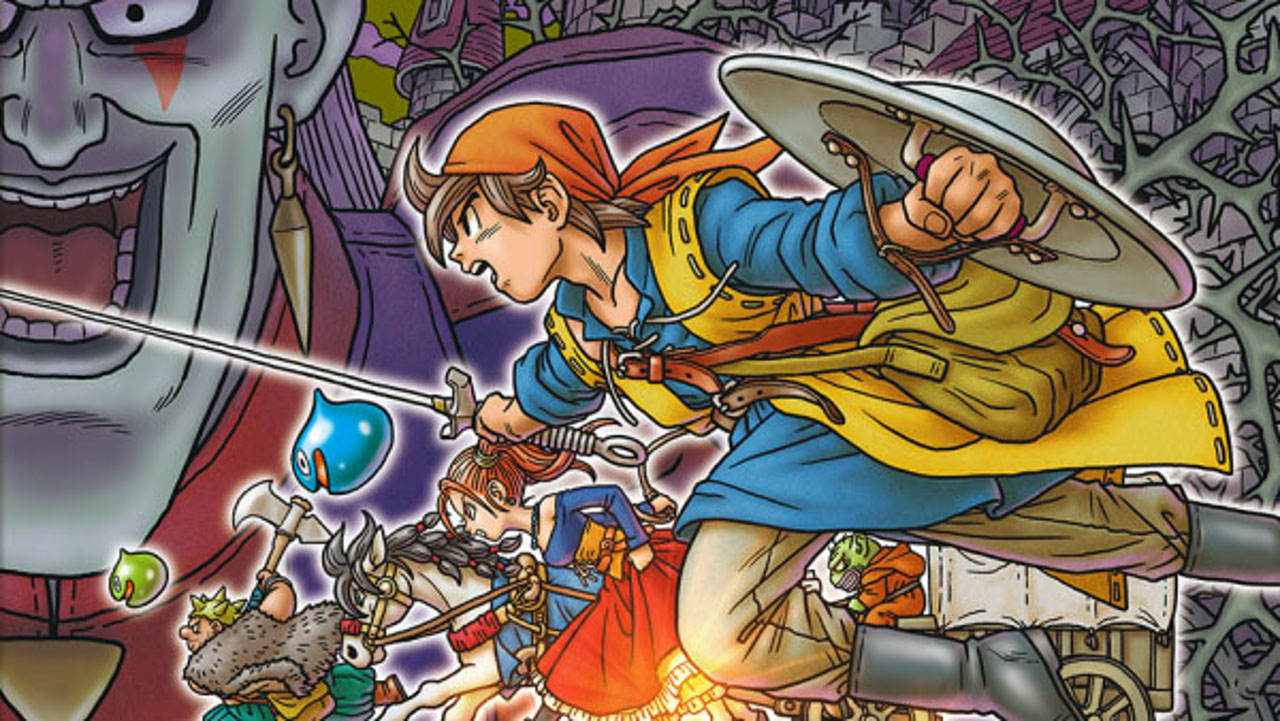
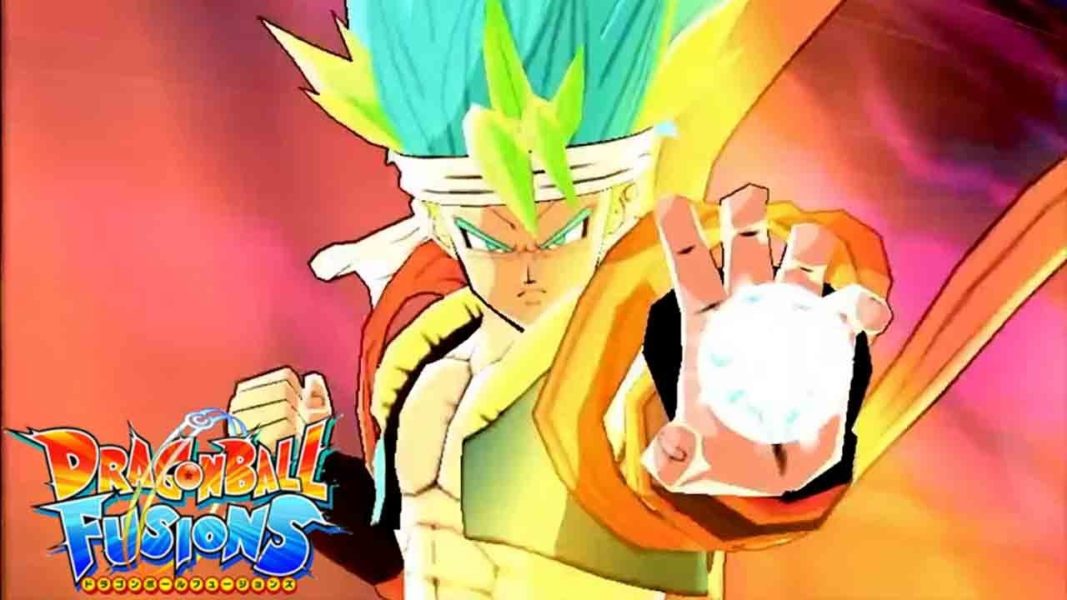

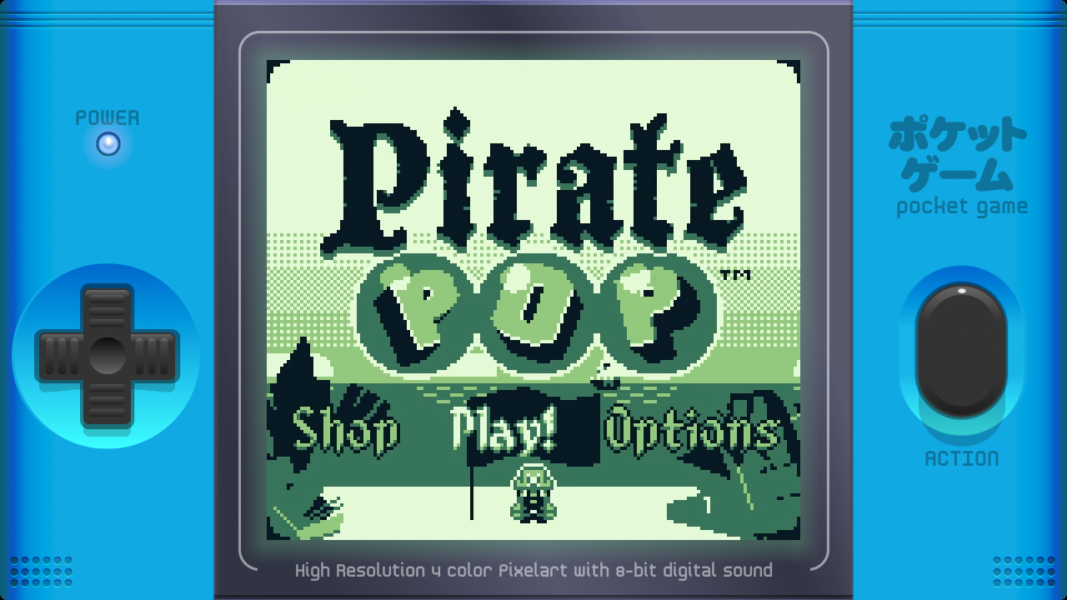
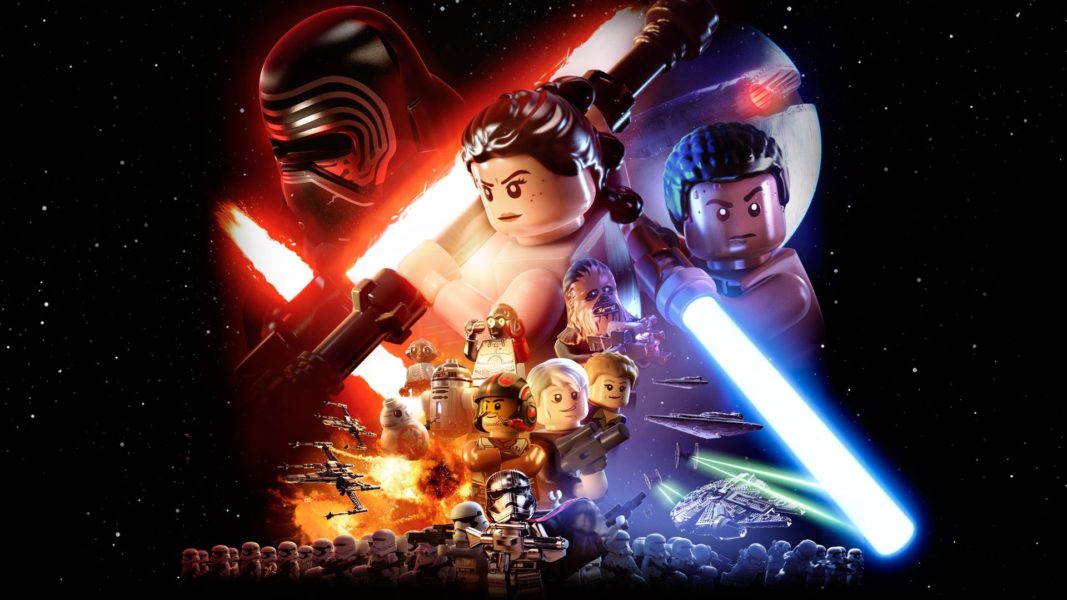


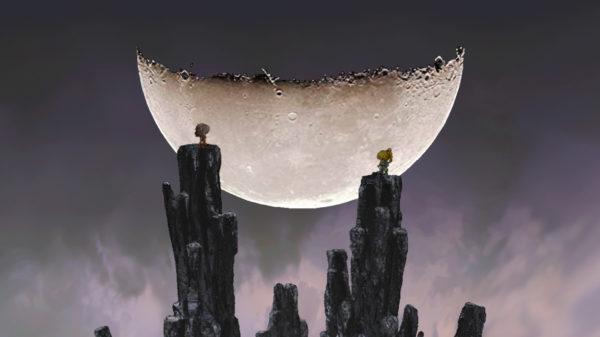
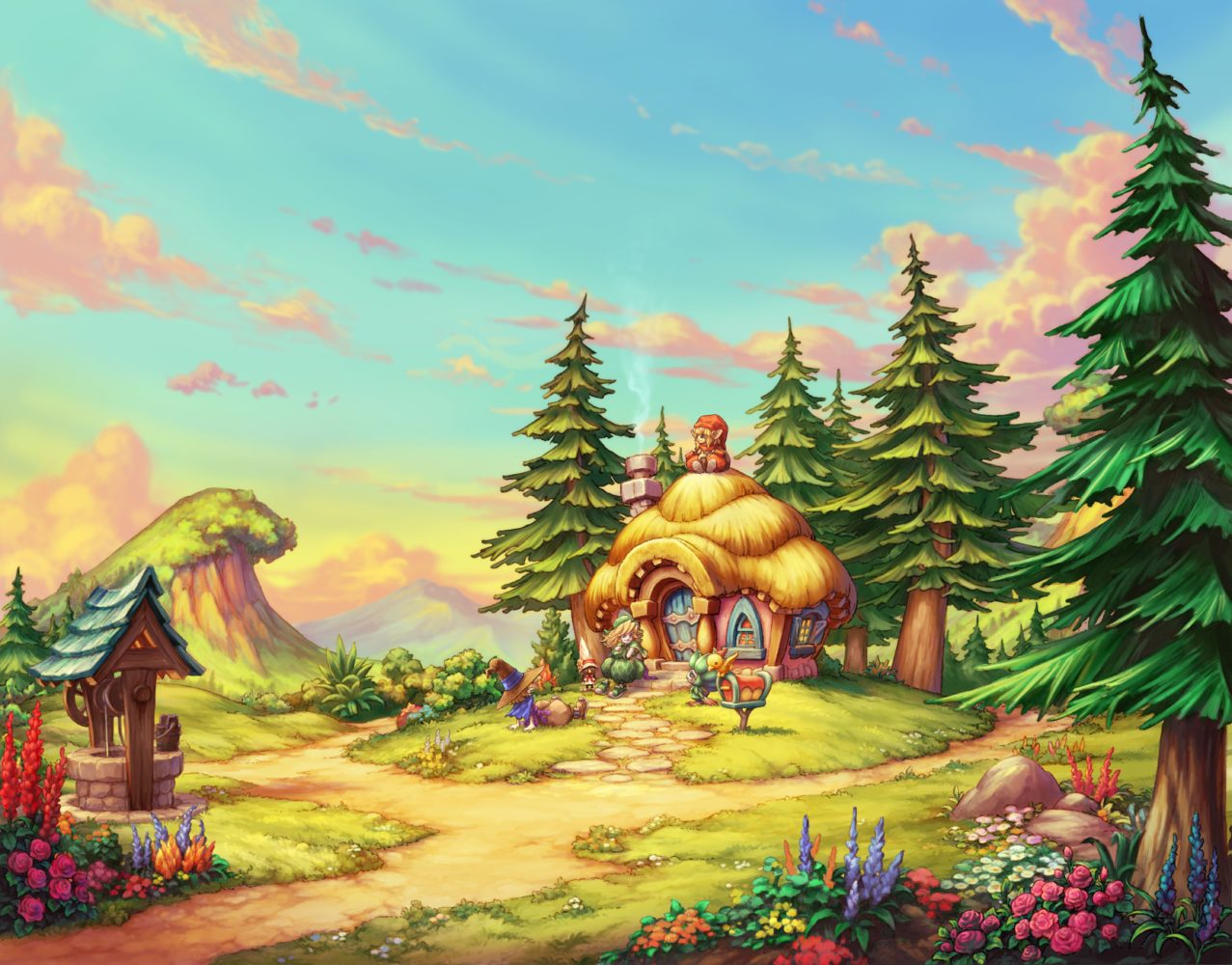

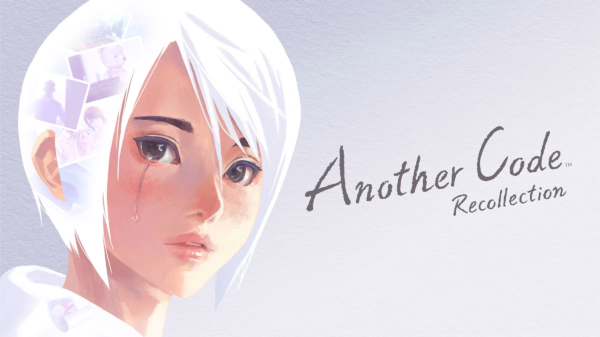
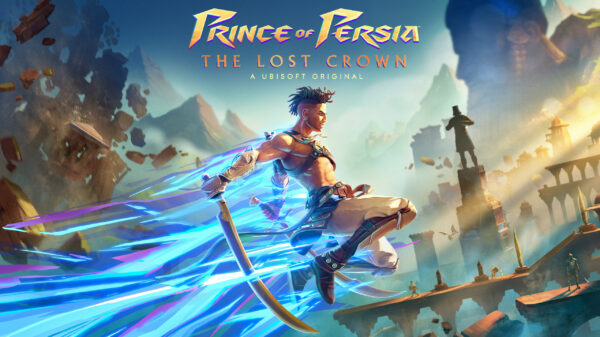
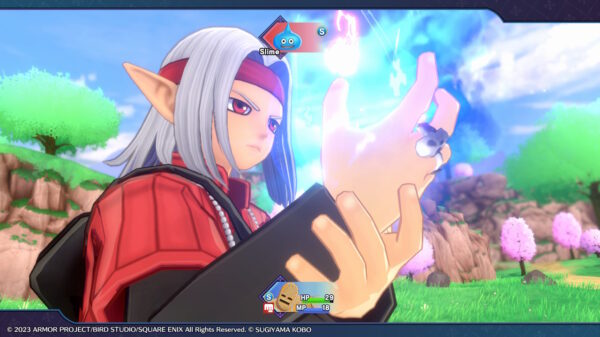
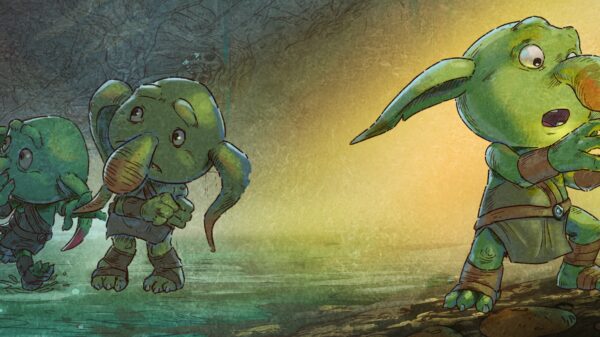
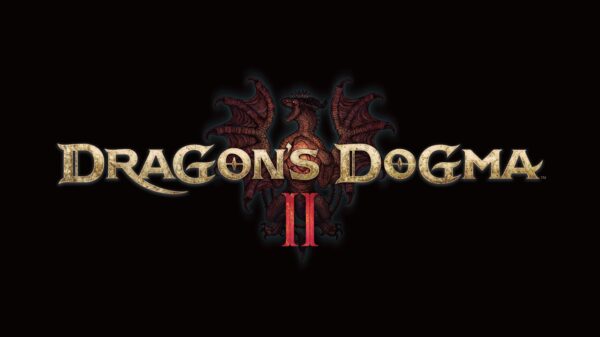
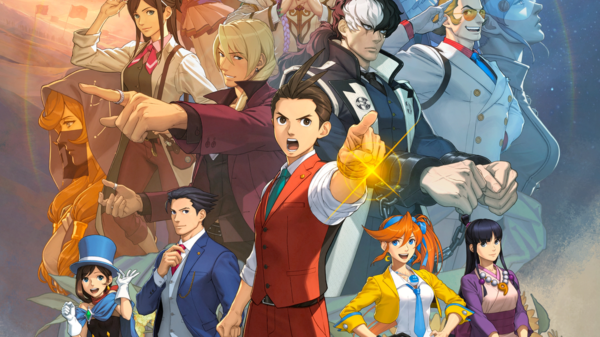
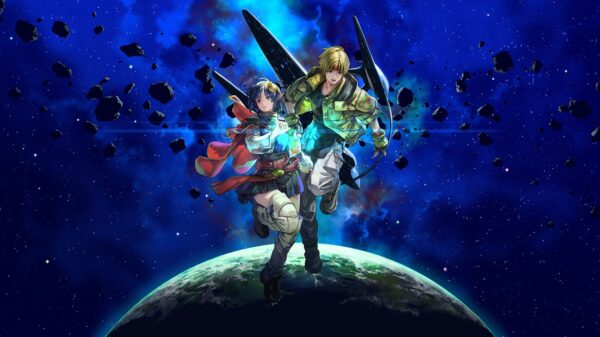
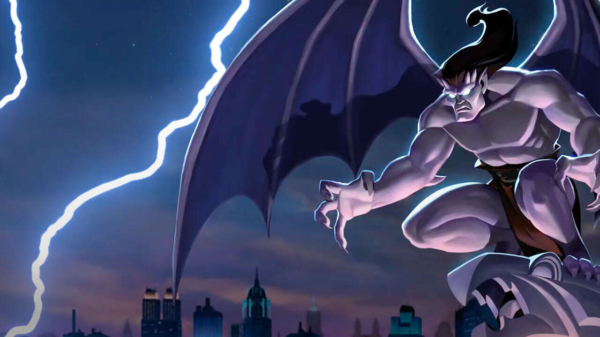
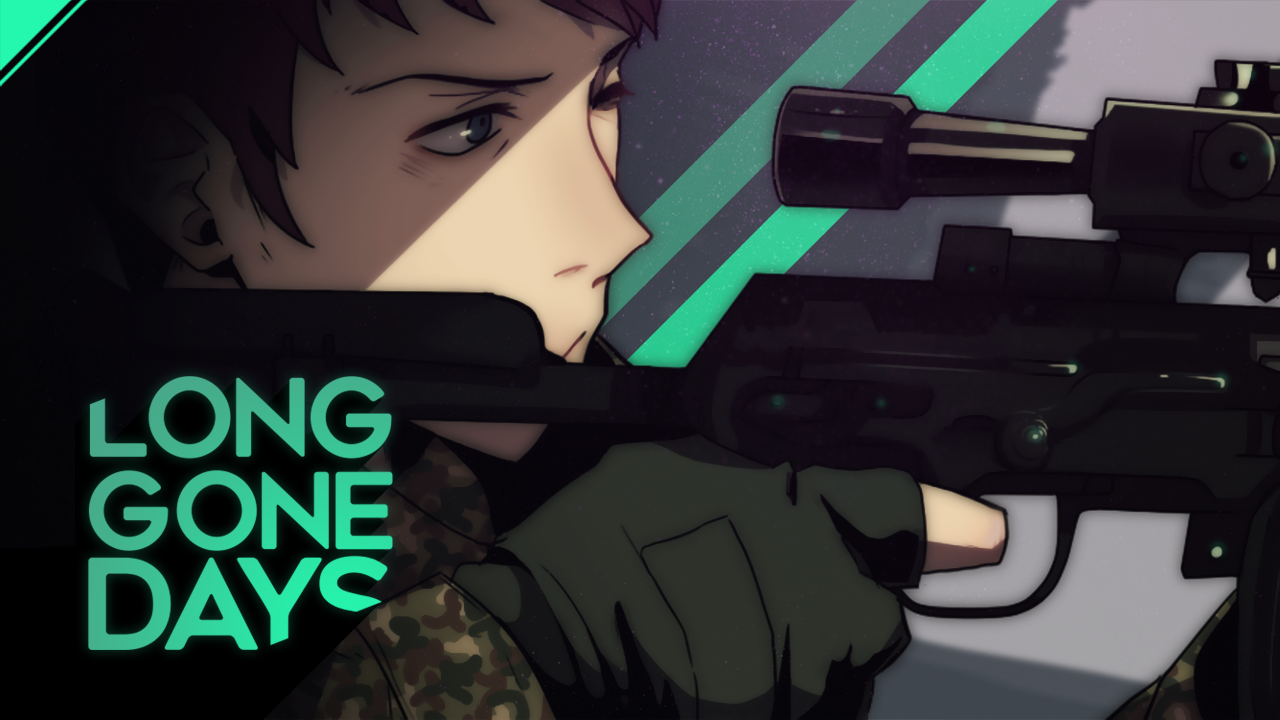
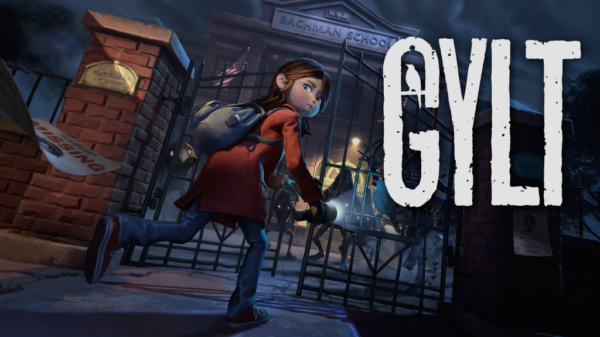
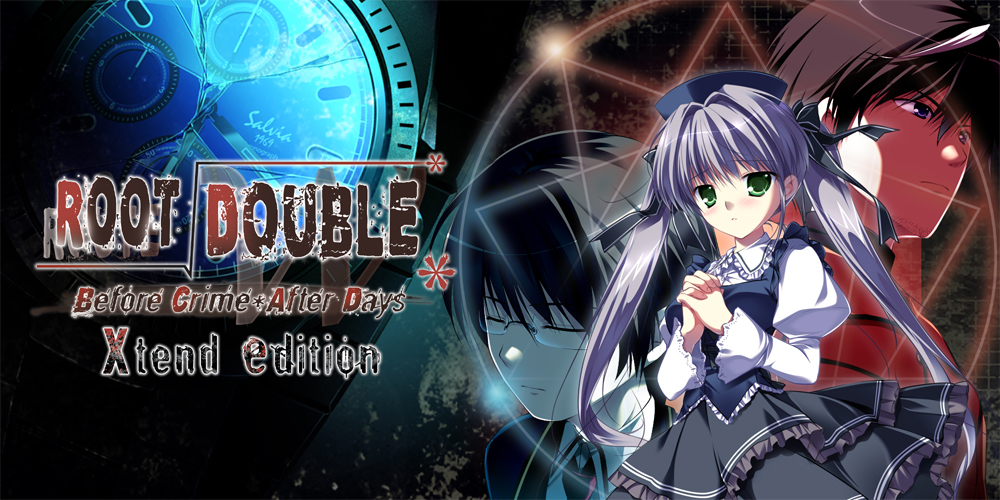
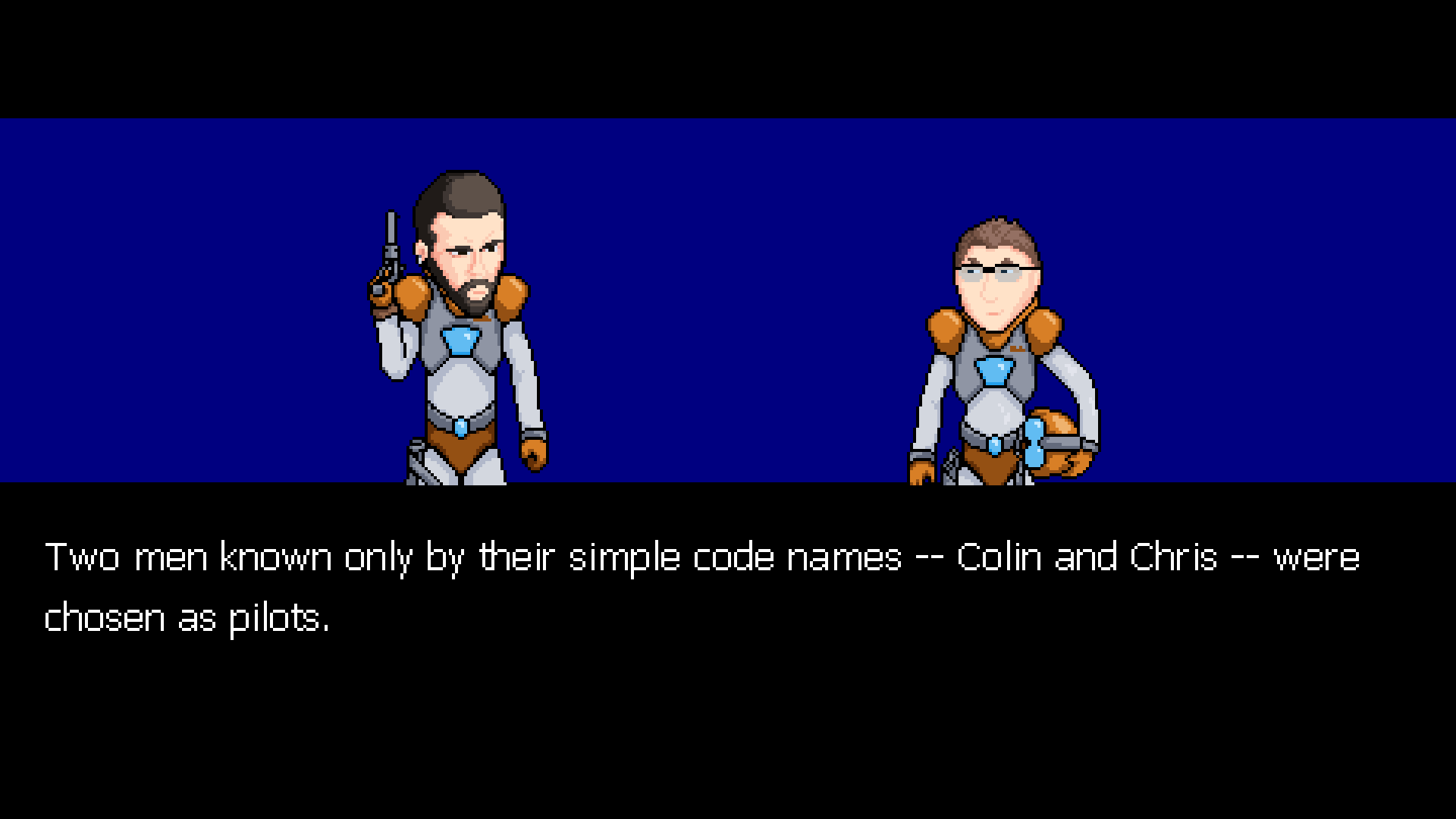
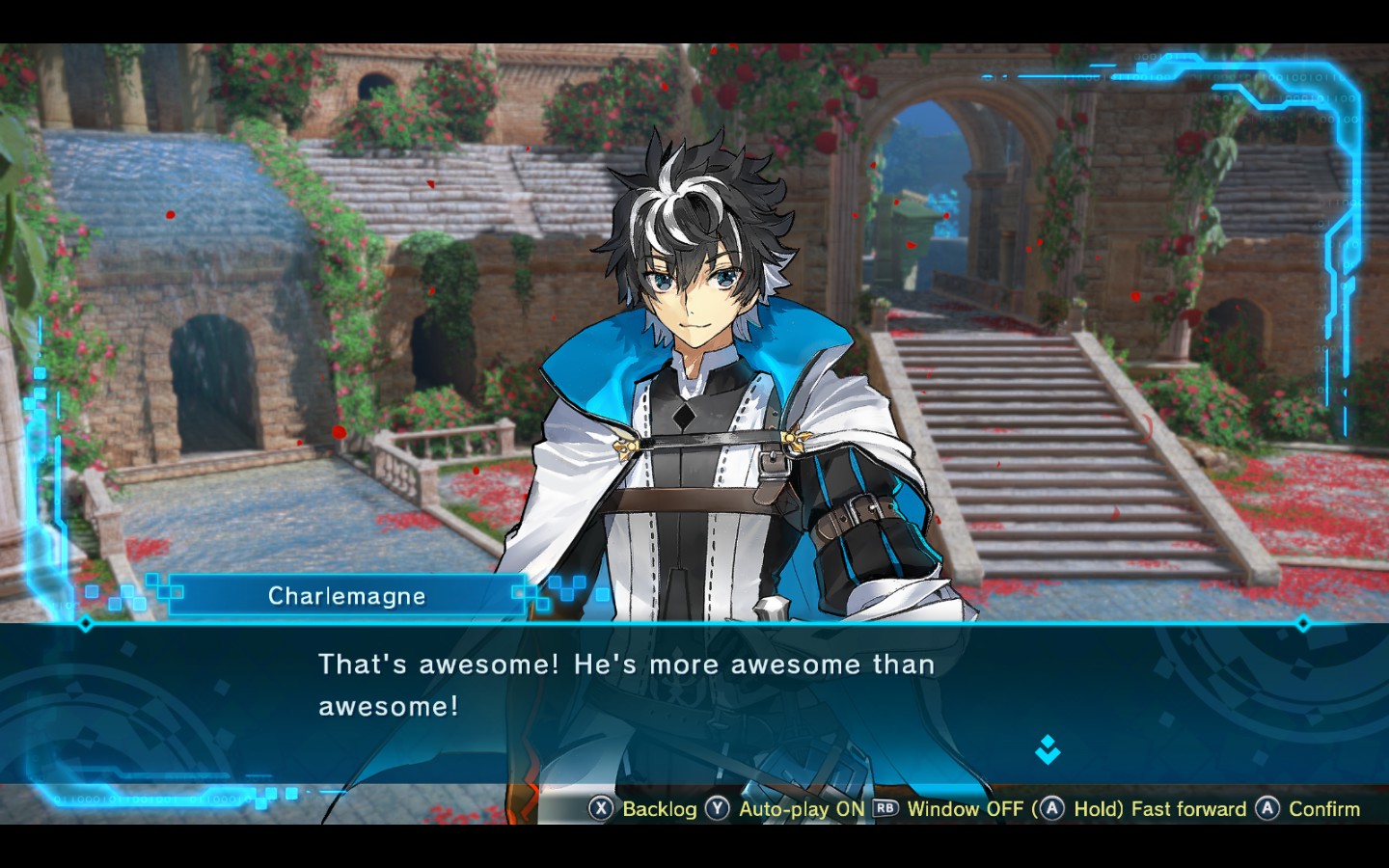
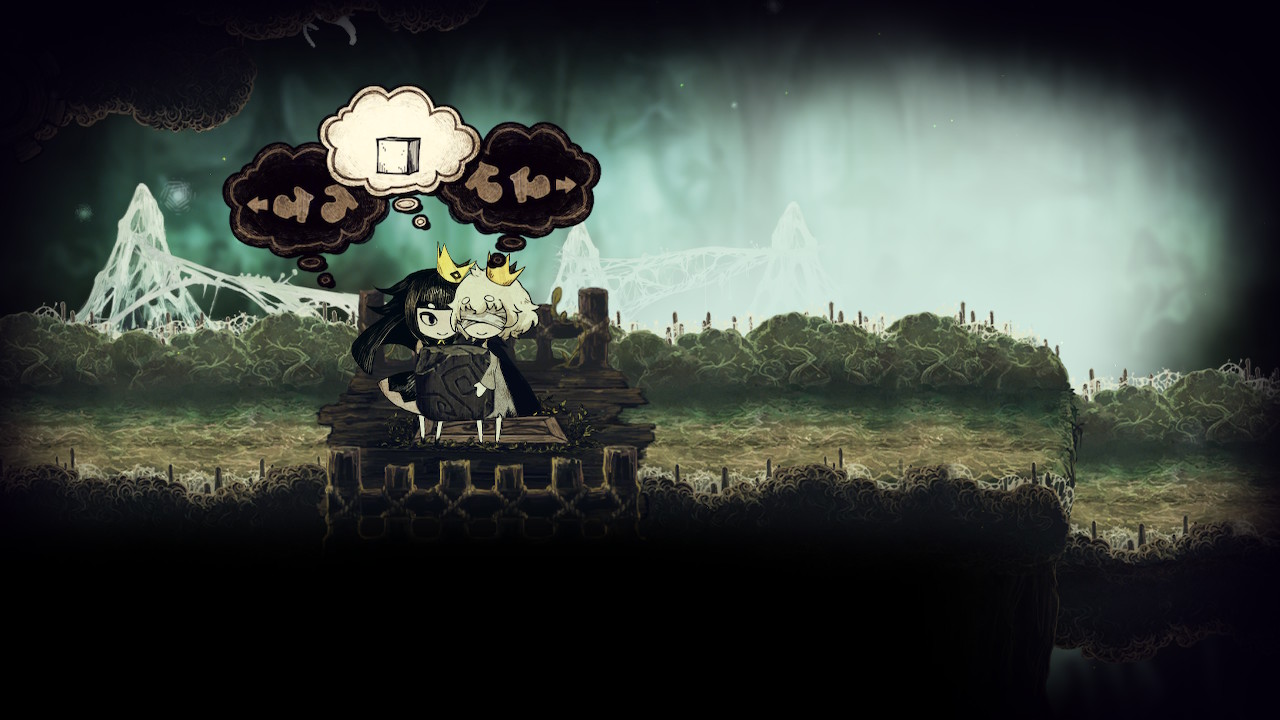
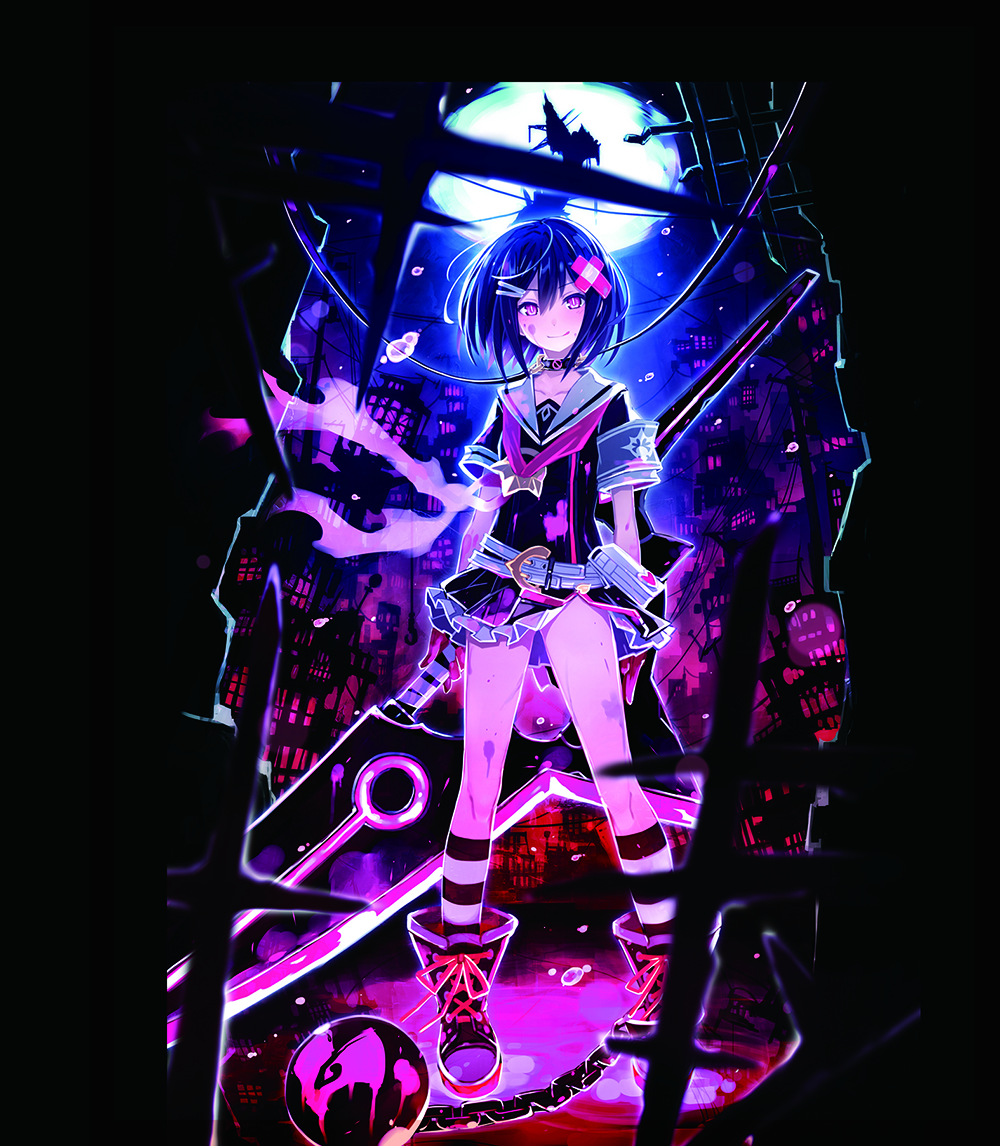
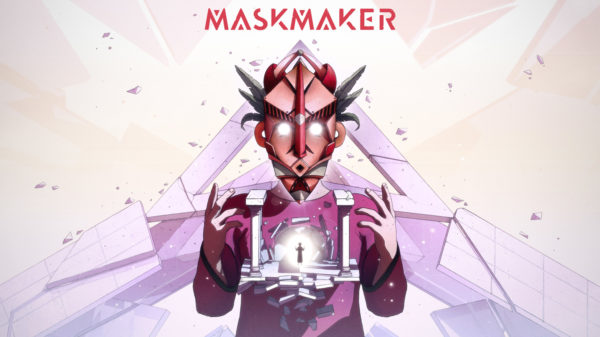
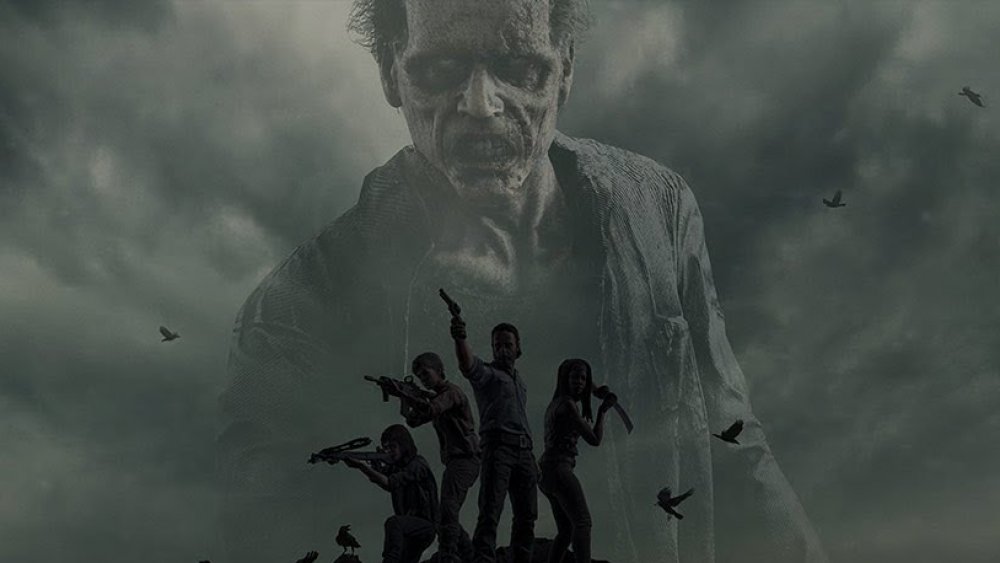

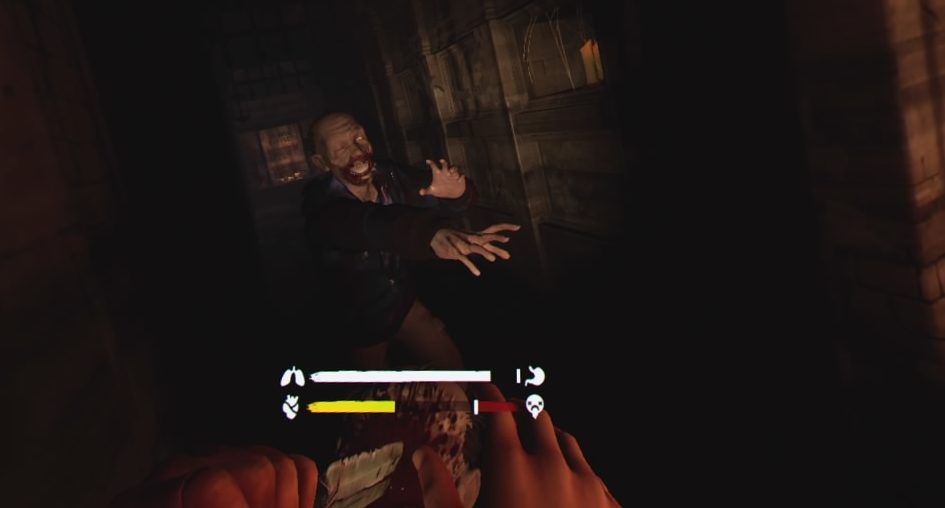
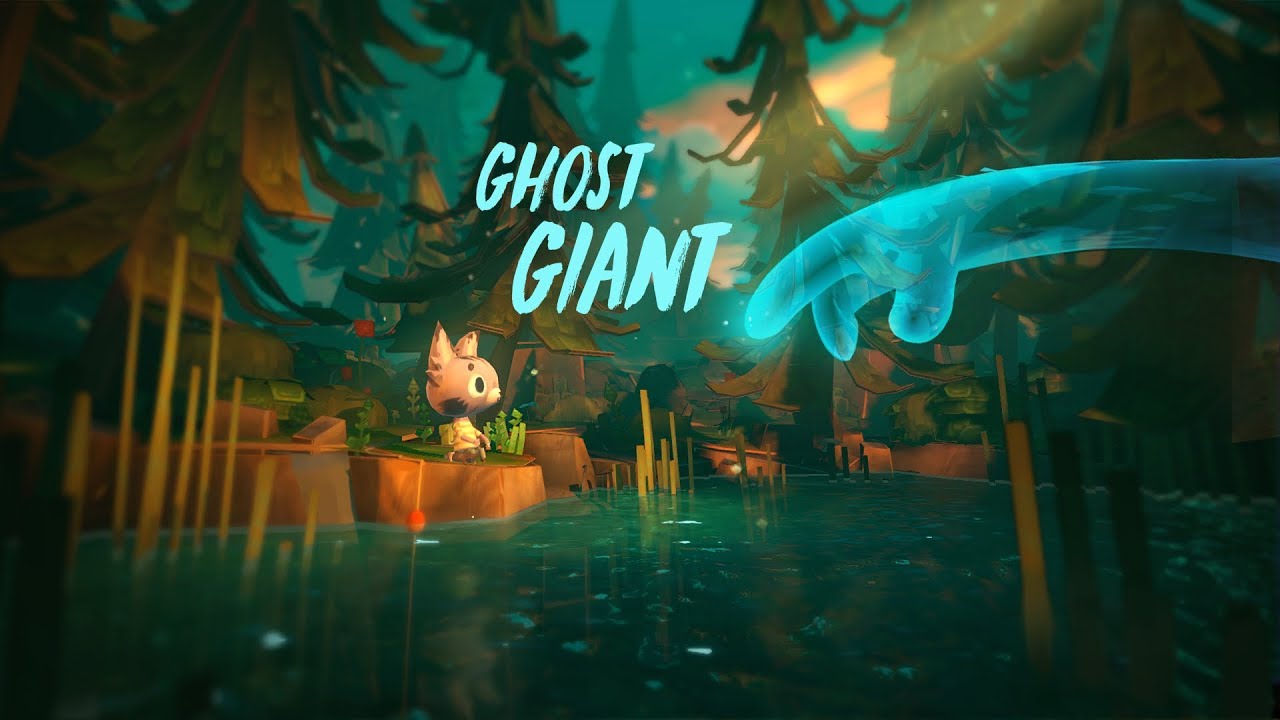
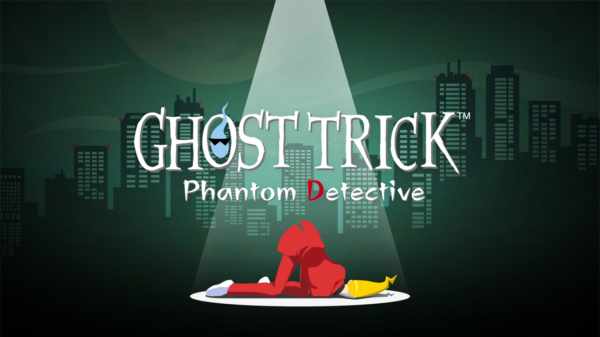
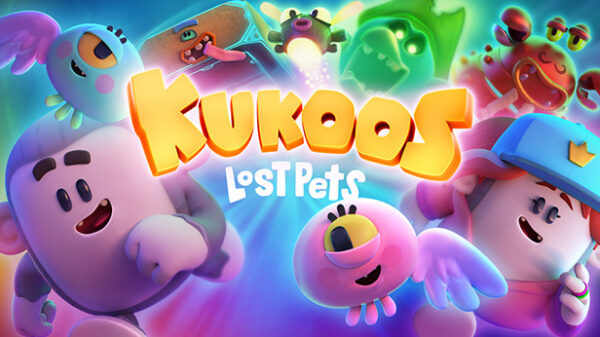
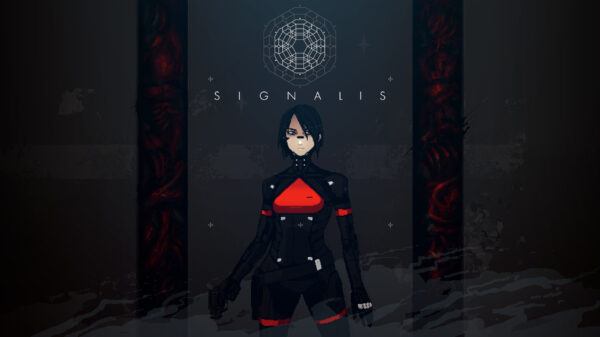
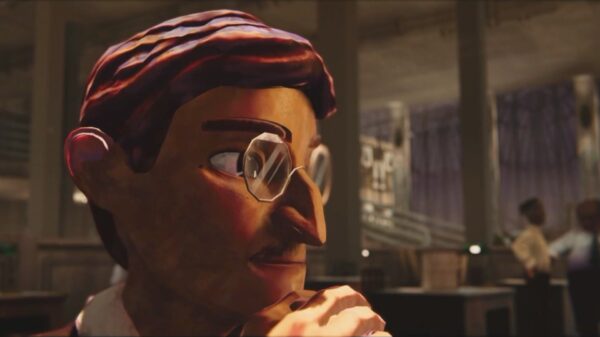

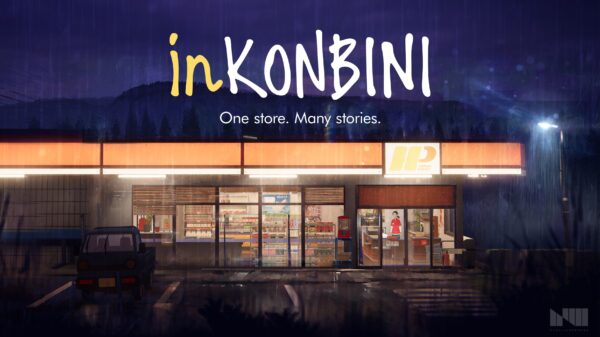
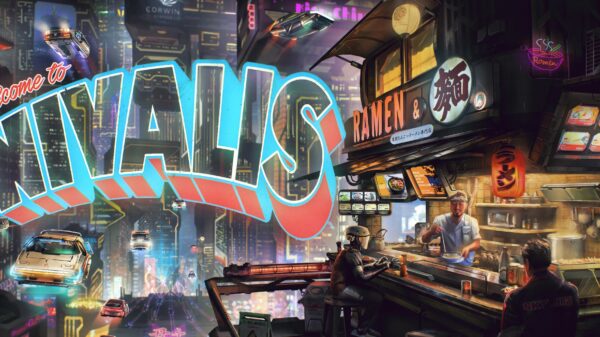
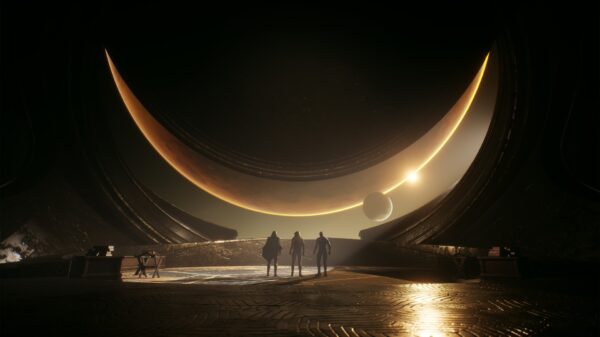
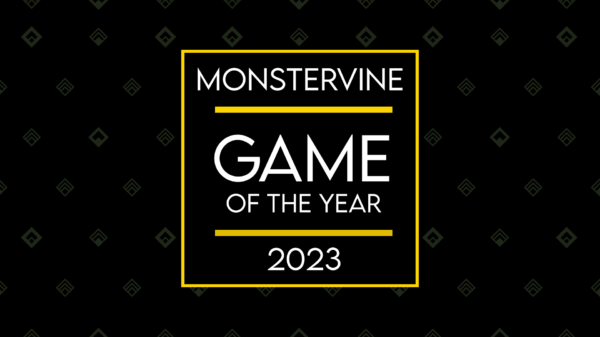
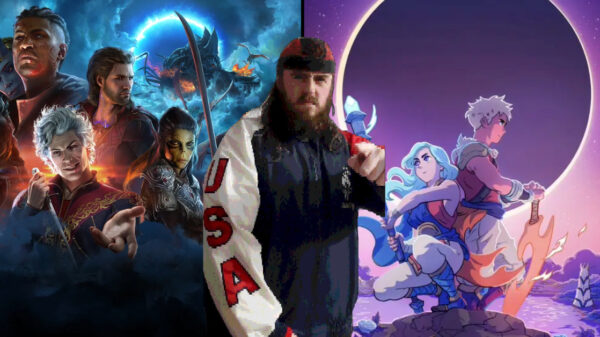
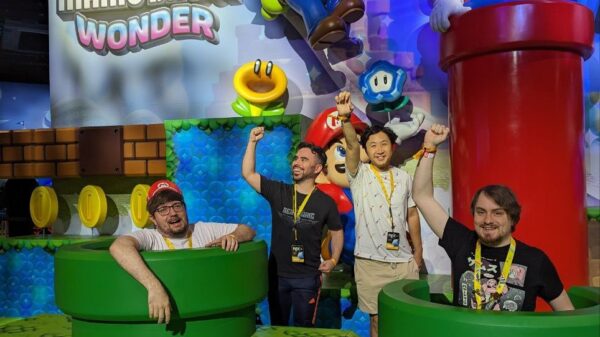
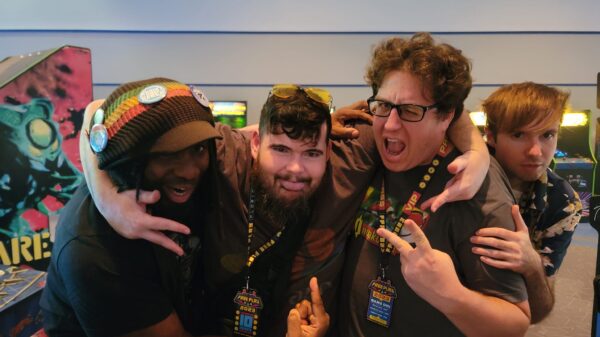
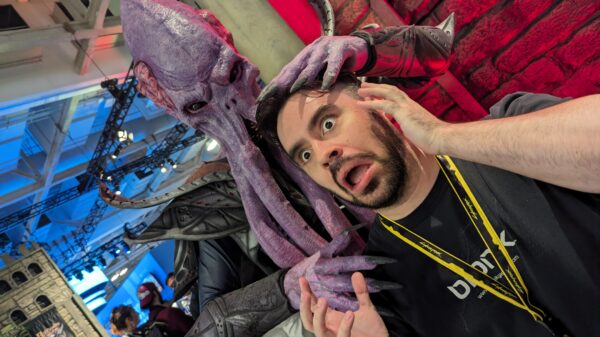
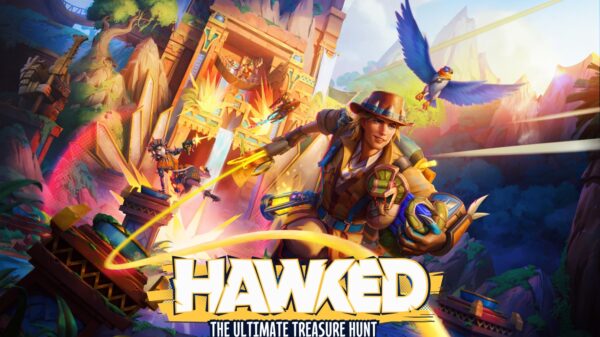
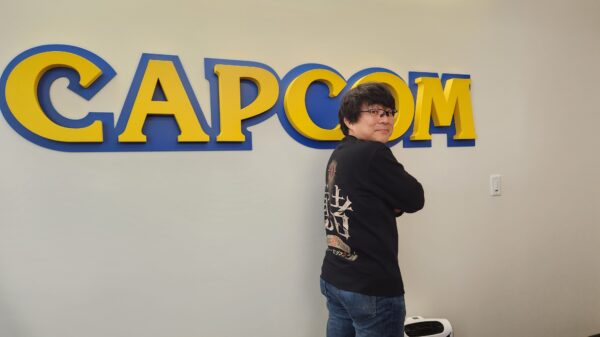

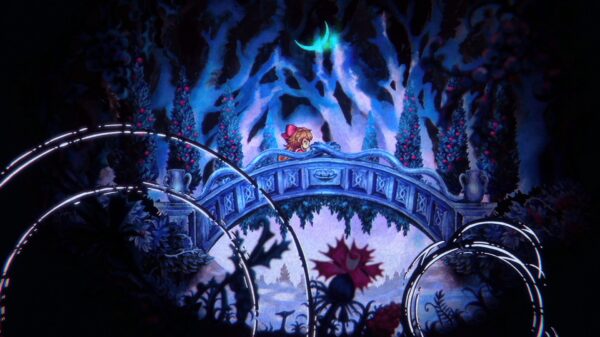

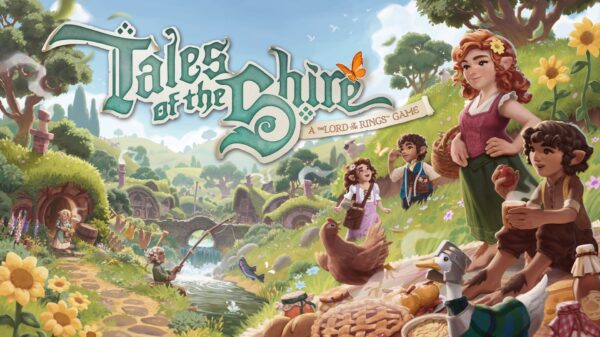

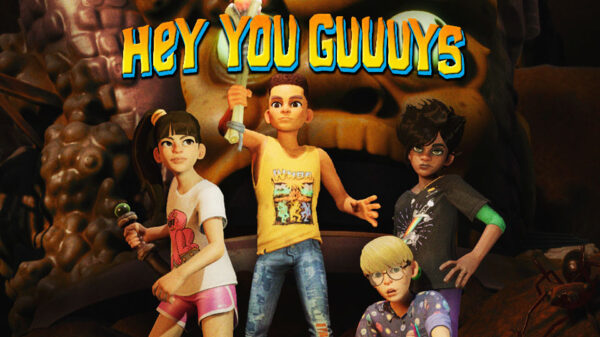
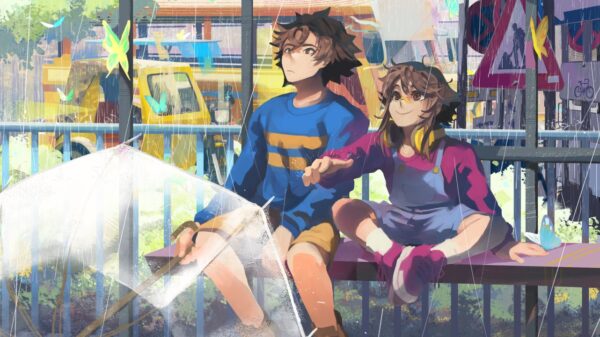
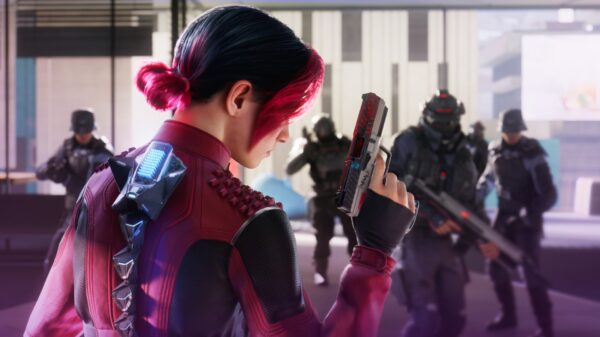
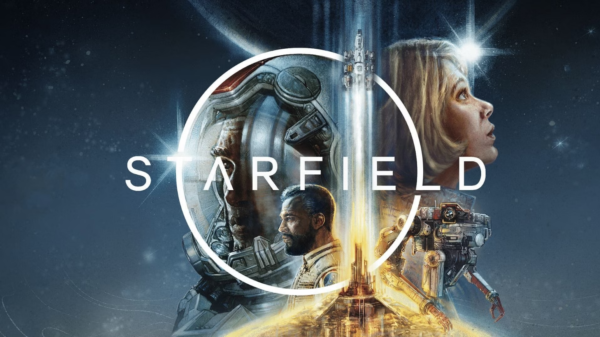
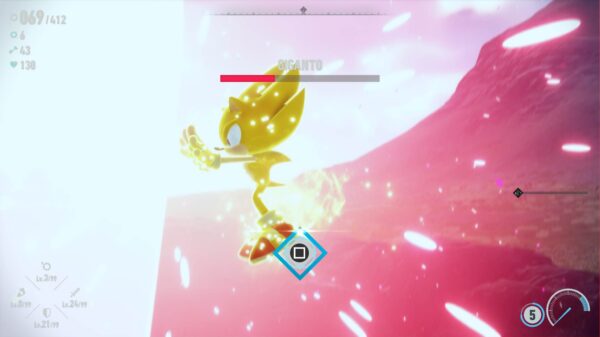
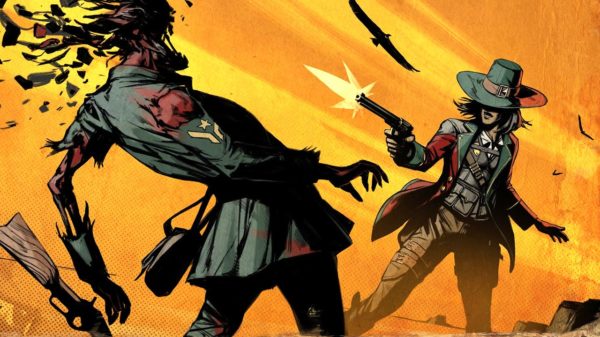
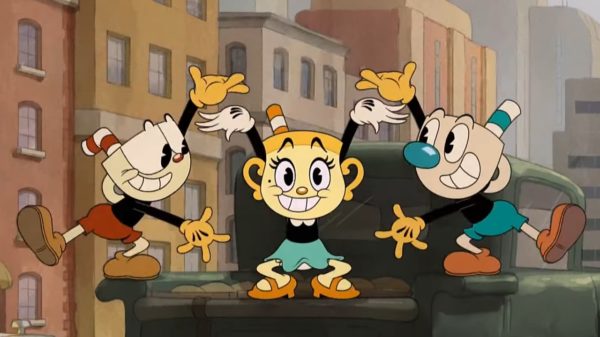
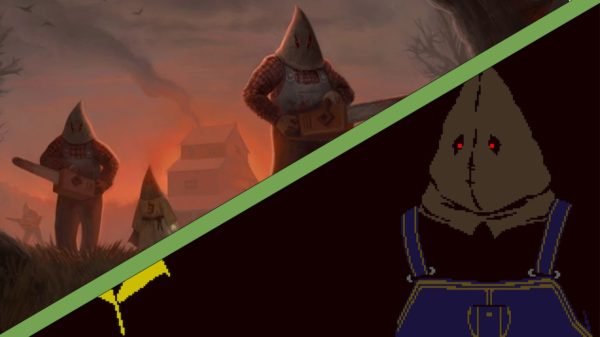
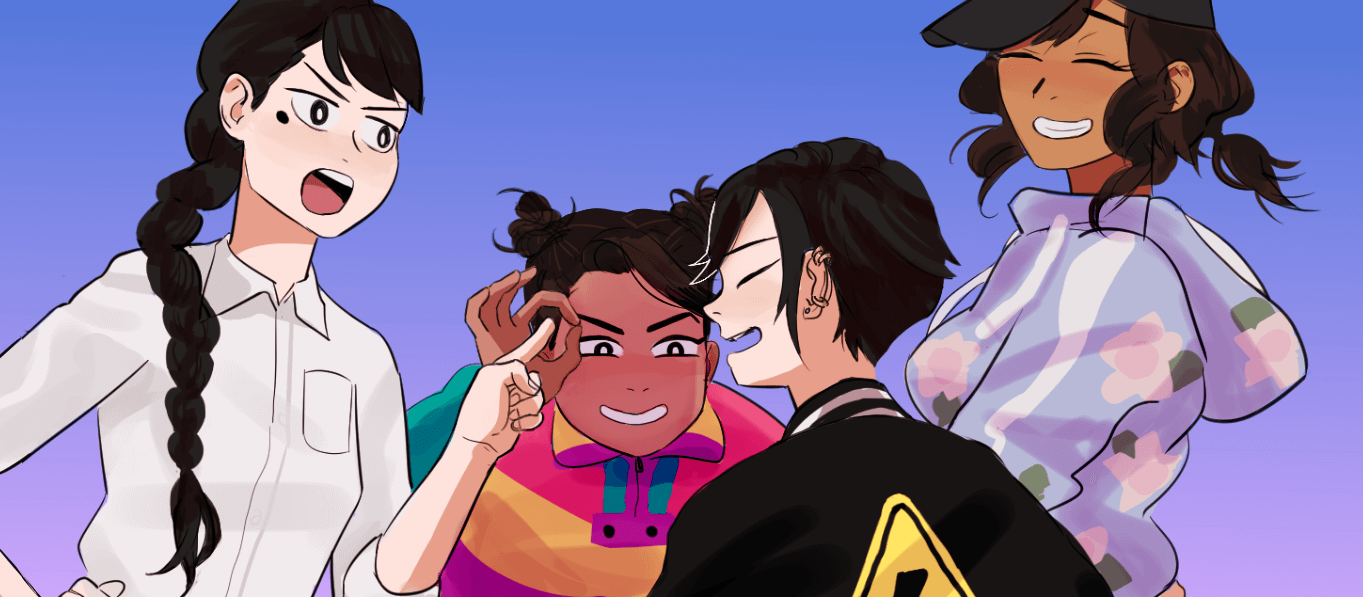






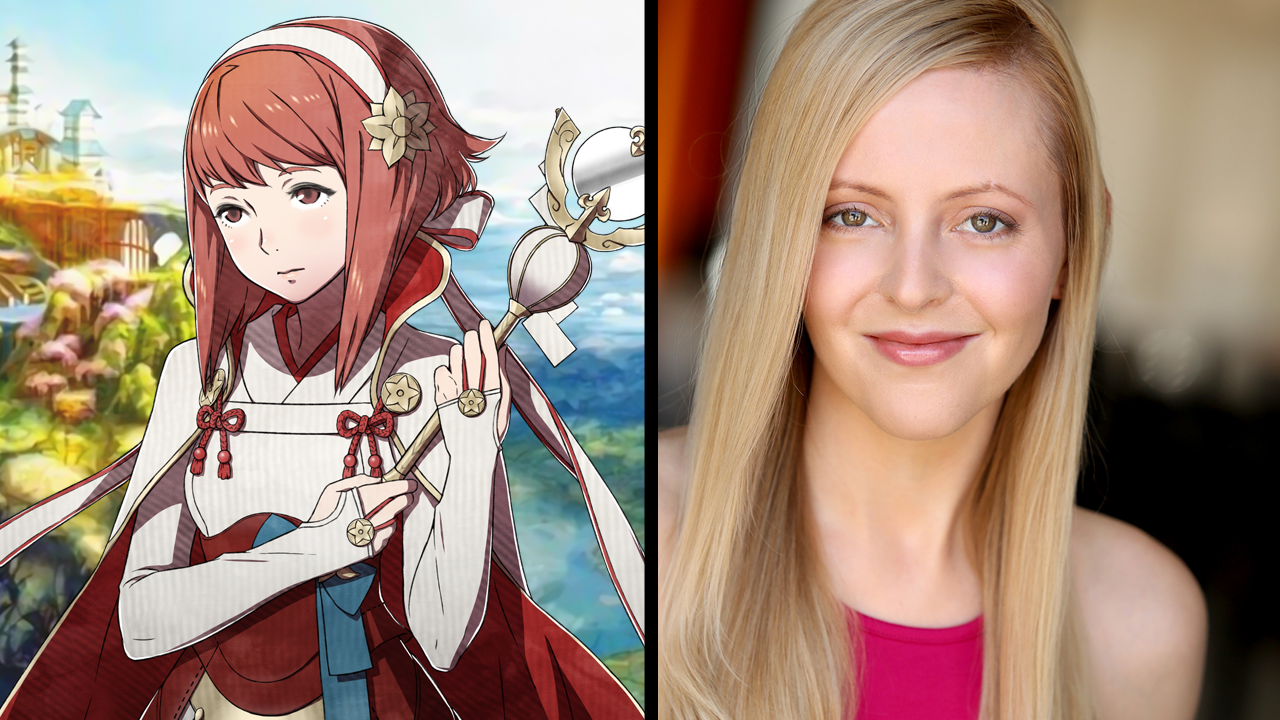

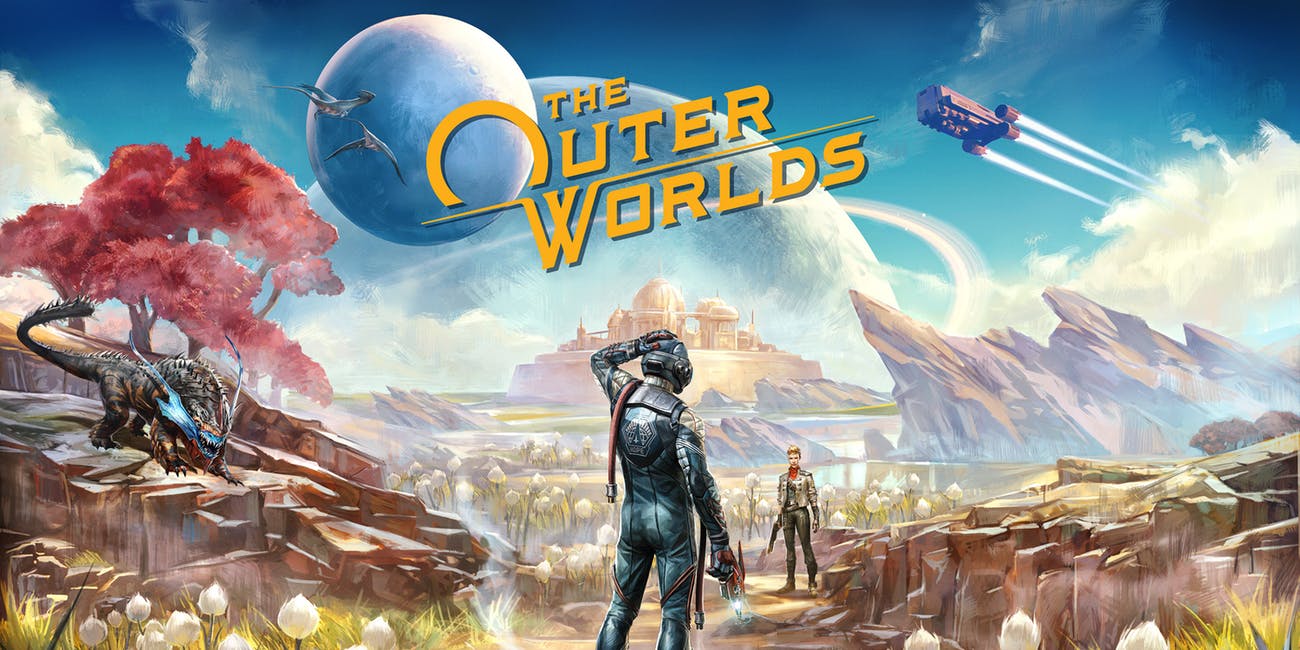
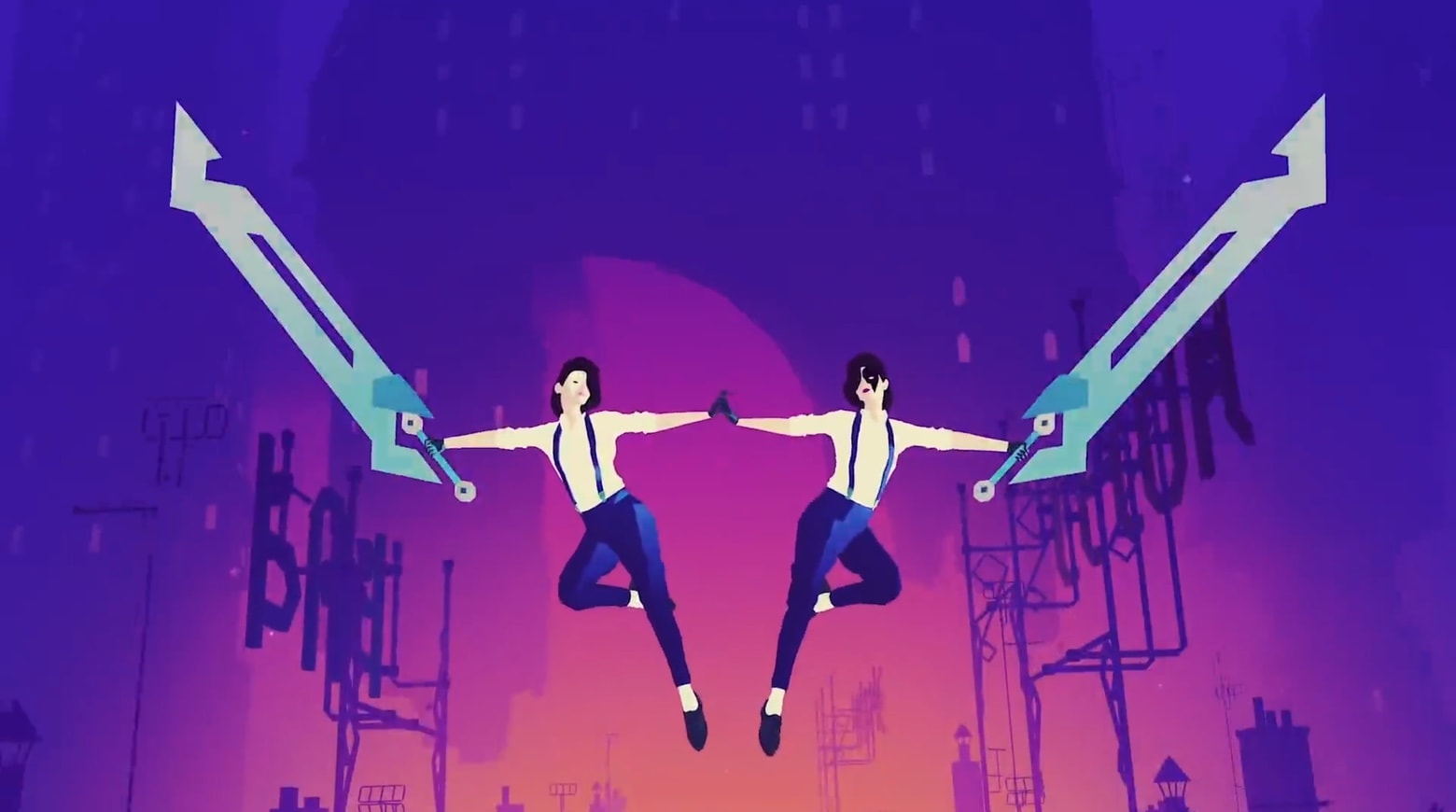


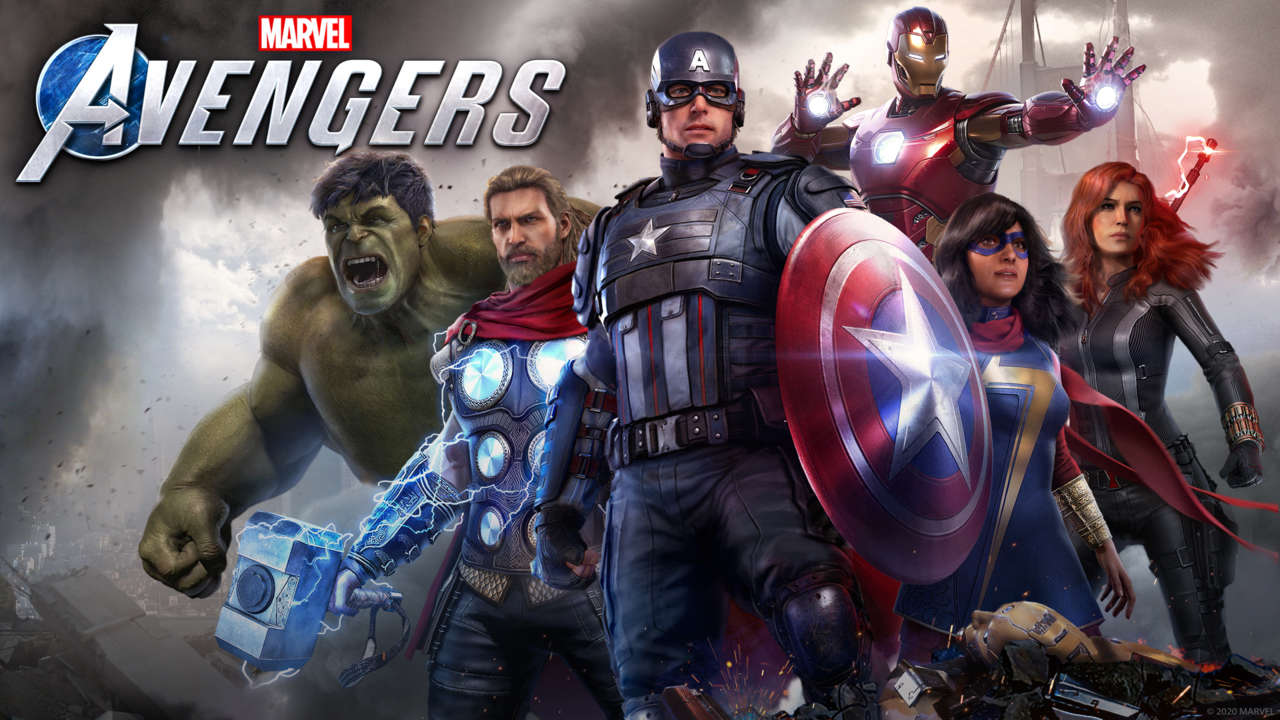
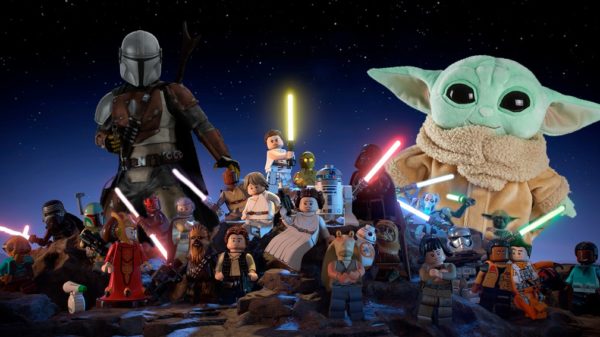
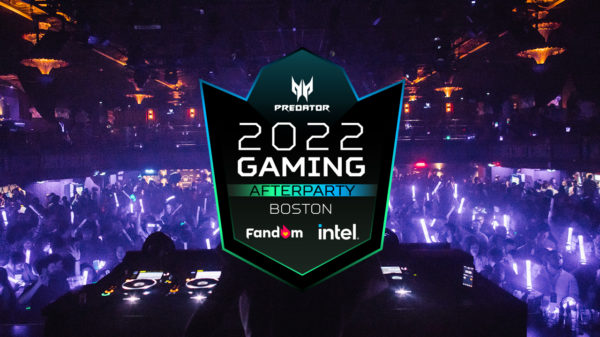

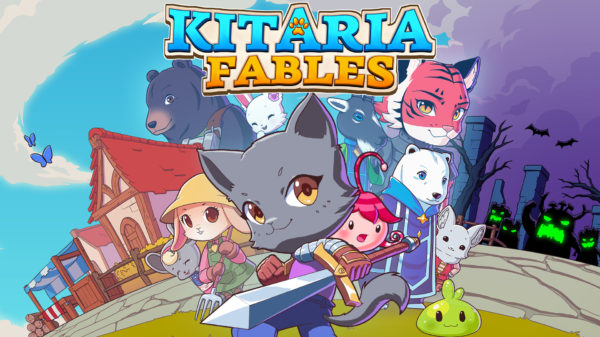
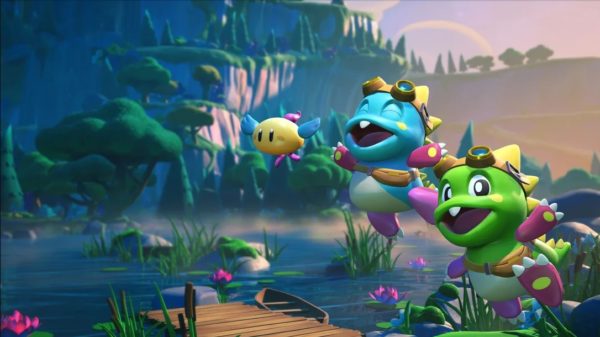
Pingback: MonsterVine Weekly News Round-Up for the Week of 12/2/11 | MonsterVine
Pingback: MonsterVine Weekly News Spherical-Up for the Week of 12/two/11 | Average Joe Gamers